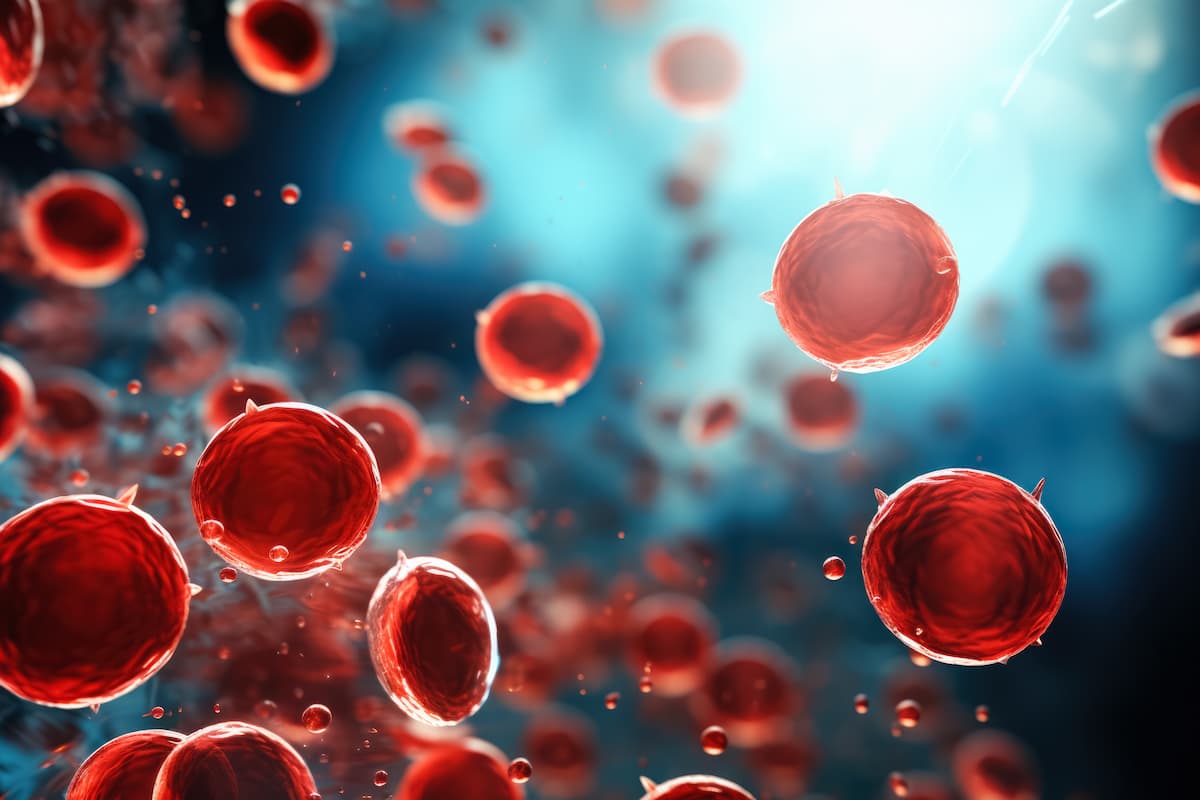Video
Understanding the Nature of Myelodysplastic Syndromes
Author(s):
A panel of experts discuss the complex nature of myelodysplastic syndromes and concurrent subclassifications.
Transcript:
Bruce Feinberg, DO: Hello, and welcome to this AJMC® Peer Exchange program titled “Oral Therapy Considerations for the Management of Myelodysplastic Syndromes.” I’m Dr Bruce Feinberg, vice president and chief medical officer of Cardinal Health Specialty Solutions [in Atlanta, Georgia]. Joining me for this discussion are my colleagues Dr Amer Zeidan, an associate professor of medicine at Yale School of Medicine [in New Haven, Connecticut]; Ryan Haumschild, the director of pharmacy services at Emory Healthcare and Winship Cancer Institute [in Atlanta, Georgia]; and Tracey Iraca, the executive director of the MDS Foundation [in Yardville, New Jersey]. Our panel of experts will provide an overview of the burden of myelodysplastic syndrome [MDS], review the available treatment options, and explore the clinical and payer considerations of oral treatments. Thank you for joining us. Let’s begin.
At the start, we’re going to lean heavily on Dr Zeidan because we want to have a good level set about this disease for everyone who’s listening and watching, because MDS has gone through a lot of changes in our understanding of it. As we gain knowledge about this disease, we move from it being thought of as preleukemia to some type of chronic hematologic disorder and back to preleukemia, maybe even the earliest diagnosis of acute leukemia. It’s unclear where leukemia fits in between myeloproliferative disease, myelodysplastic disease, and the hybrid of the 2. I thought it would be great to start with this evolved understanding of what exactly MDS is. Amer, let’s start with what it is, and then we’ll get into a little about the different types, how it’s staged, and the prognosis. But let’s start with what it is.
Amer Zeidan, MBBS, MHS: That’s an excellent question, Bruce. Thanks for hosting. It’s a pleasure to be here with my colleagues. This is a very common misconception that we get from patients and sometimes even other hematologists and oncologists who don’t treat MDS as frequently. We have patients who come to us and are hearing the word cancer for the first time from me even though they’ve had MDS for many years. I usually tell the patient that MDS is a form of bone marrow failure. Bone marrow failure means that the bone marrow isn’t doing what it’s supposed to do, so there’s a reduction in the blood counts. That could include the red blood cells, neutrophils, platelets, or a combination. That leads to the often-seen symptoms of anemia, neutropenia, and thrombocytopenia.
Bruce Feinberg, DO: When did we categorize MDS as a malignancy as opposed to a premalignant condition? When did that formally change?
Amer Zeidan, MBBS, MHS: That happened in 2001 when the WHO [World Health Organization] classified MDS as a form of cancer. That was 20 years ago, but we still have patients and physicians who think of this as an anemia, a syndrome, a preleukemia, or a disorder. There are different ways to describe it, but MDS is a form of cancer. However, like other cancers, it can have a more indolent, less aggressive format where the patient can live with it for many years. In the other extreme, we could have a more aggressive presentation that’s almost like acute myeloid leukemia in presentation and treatment.
Bruce Feinberg, DO: As we start to understand that it can present in a more indolent or more aggressive form, what were the clinical presentations that were described can be assigned to a genotype of that cancer cell. Is that correct?
Amer Zeidan, MBBS, MHS: Correct. We’re understanding more about how the genetics and biology of MDS affect not only how the patients present but also the prognosis, or what we call the risk stratification, trying to understand how the patient will do over time. They’re also important in deciding the different therapies we have for patients. That dissection of genetics is becoming very important.
Bruce Feinberg, DO: I want the other panelists to jump in because I’m curious about the 2 different ways in which both Ryan and Tracey interact with patients in the health care system. To what extent is that subcategorization of MDS uniformly understood or used? Ryan, you’re directly involved with the caregiver team, so I’m assuming that for you it’s no longer MDS. It’s very specific, it’s 5q minus. We’re going to get into what those are, but you’re getting that specificity in the way that you’re identifying the patient. Am I correct?
Ryan Haumschild, PharmD, MS, MBA: We are. As you said, we’re trying to get specific because as more therapies become available, we have to match pathways and our treatment. But some of our payers are also looking for it, especially because we have expertise in the Southeast when it comes to MDS. We’re getting in the weeds, but in some of our community sites, that’s an evolving understanding of how we treat patients with MDS and how we classify them.
Transcript edited for clarity.

NGS-Based Test Accurately Detects Post–Allo-HSCT Relapse in AML, MDS




